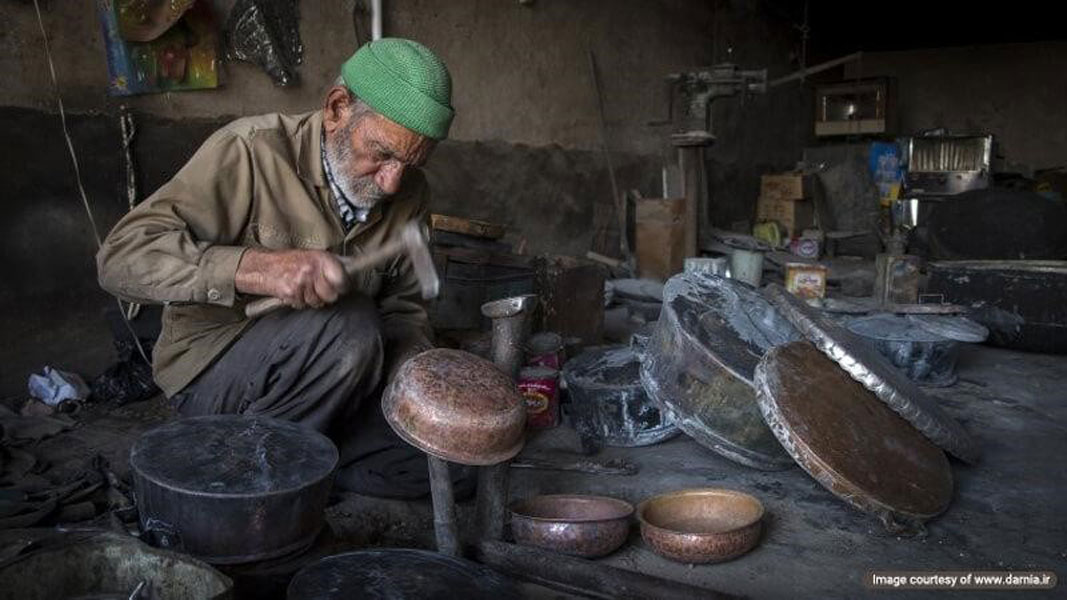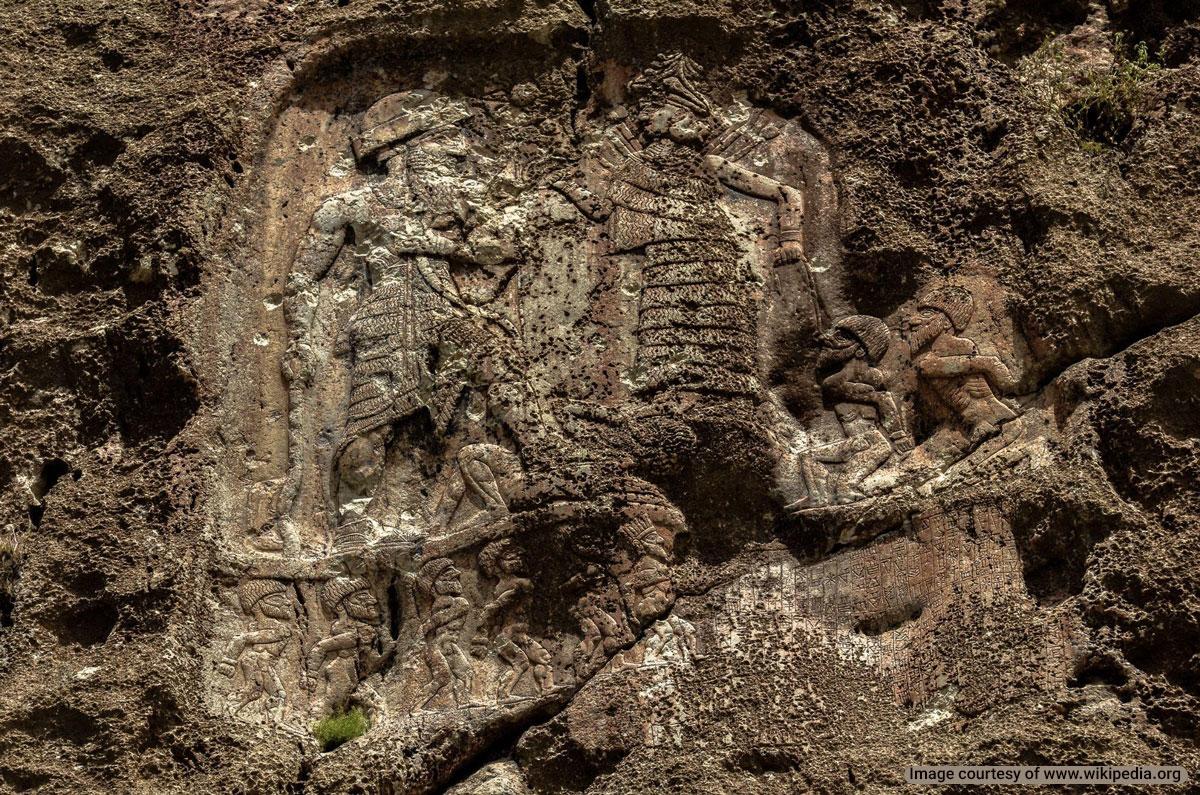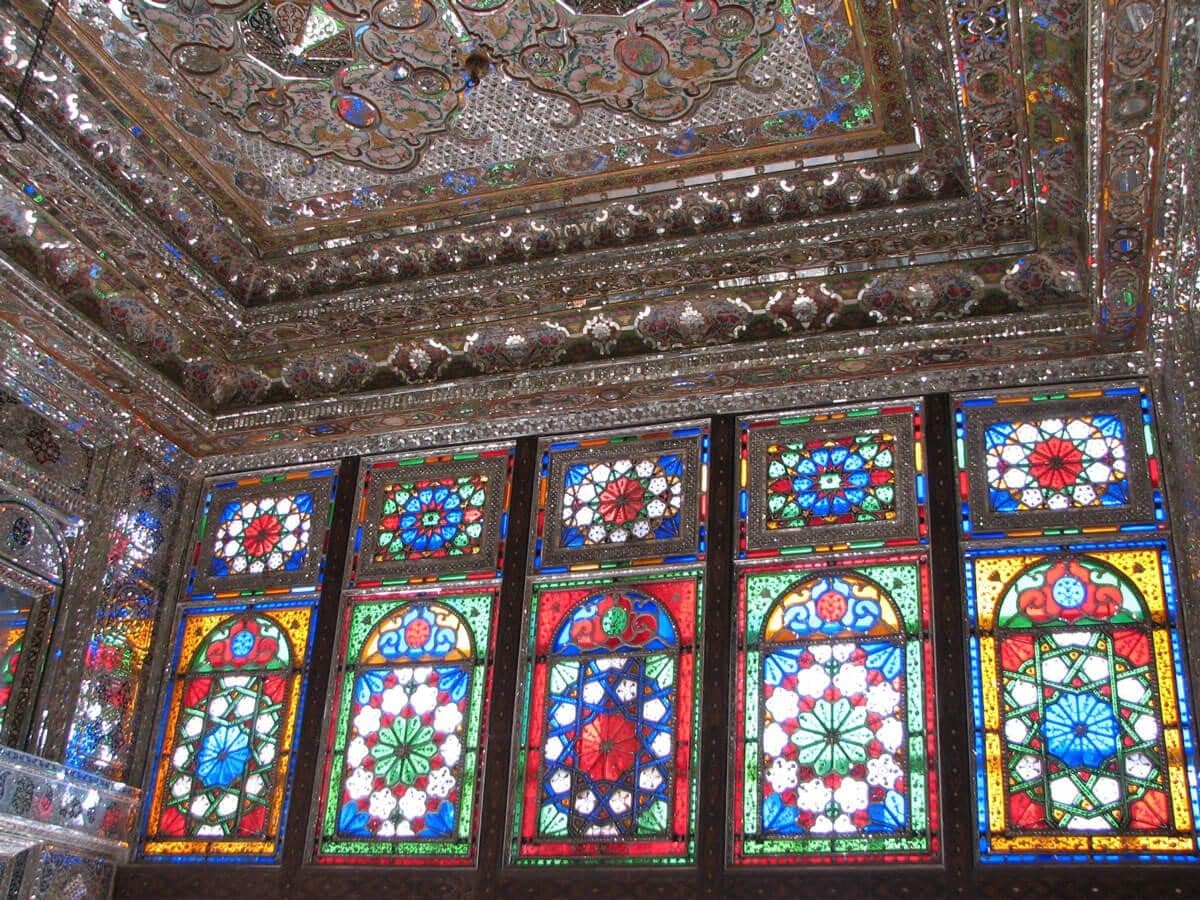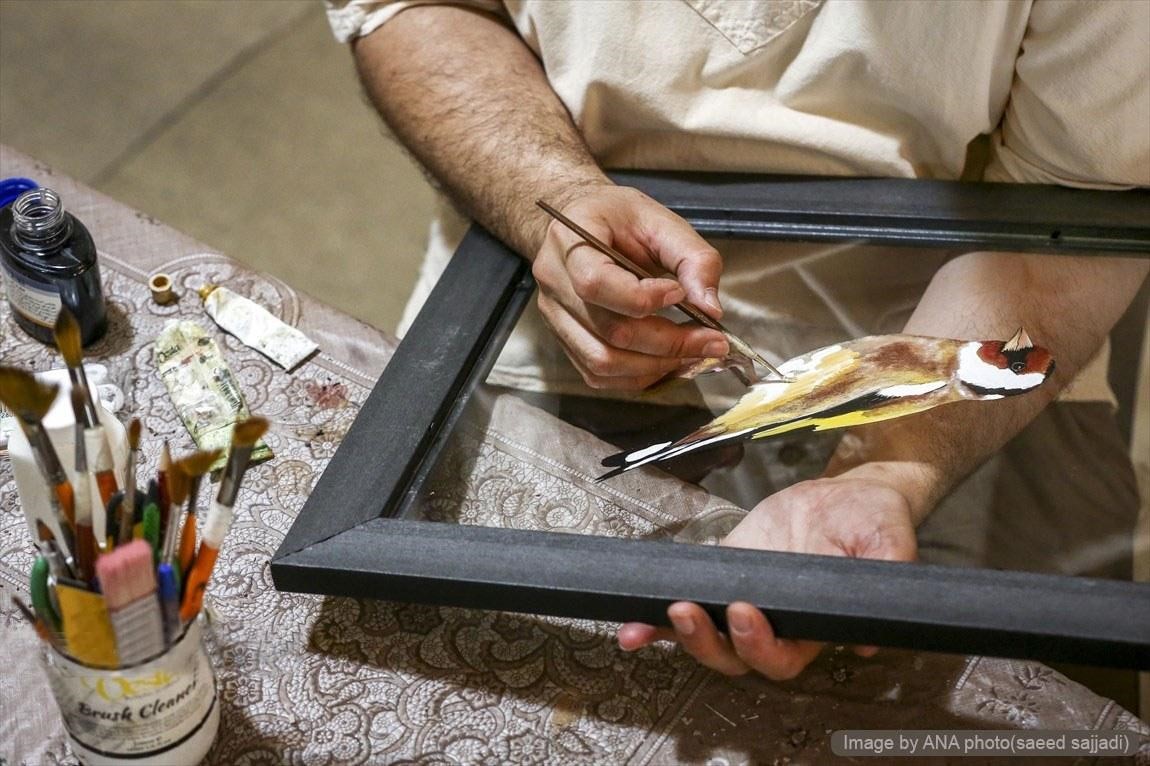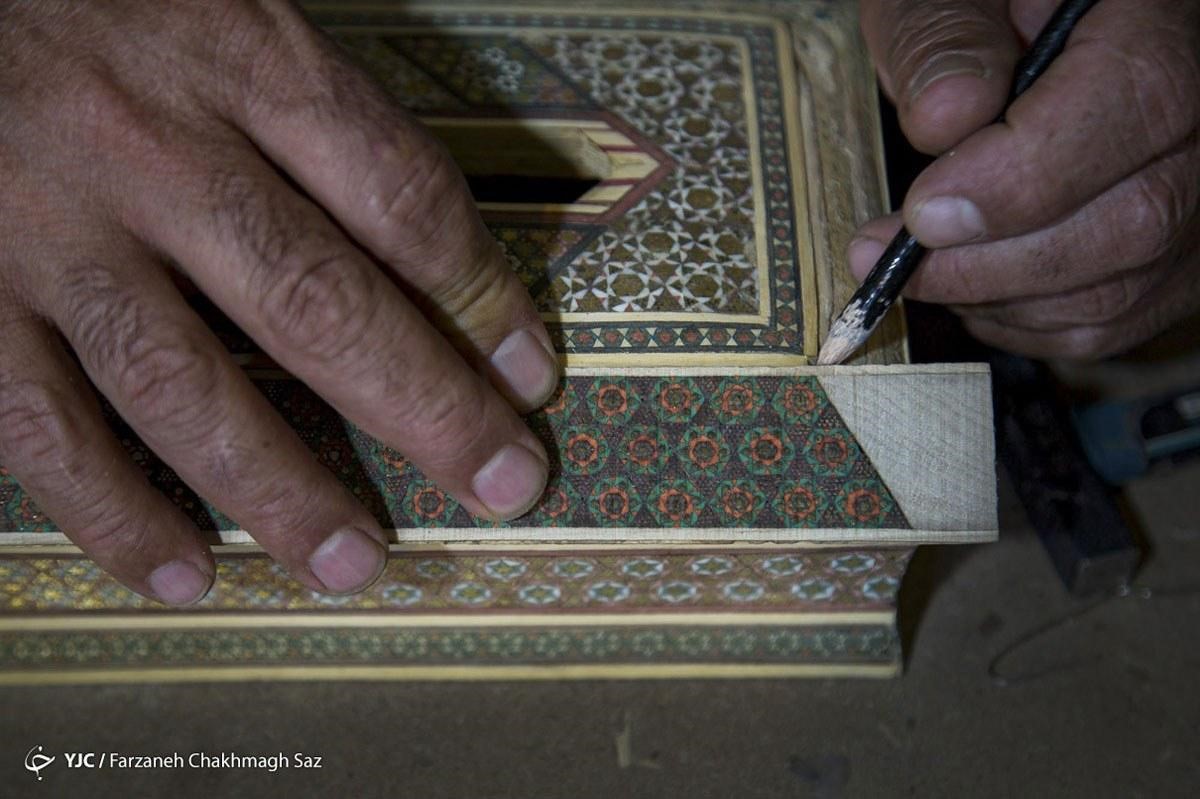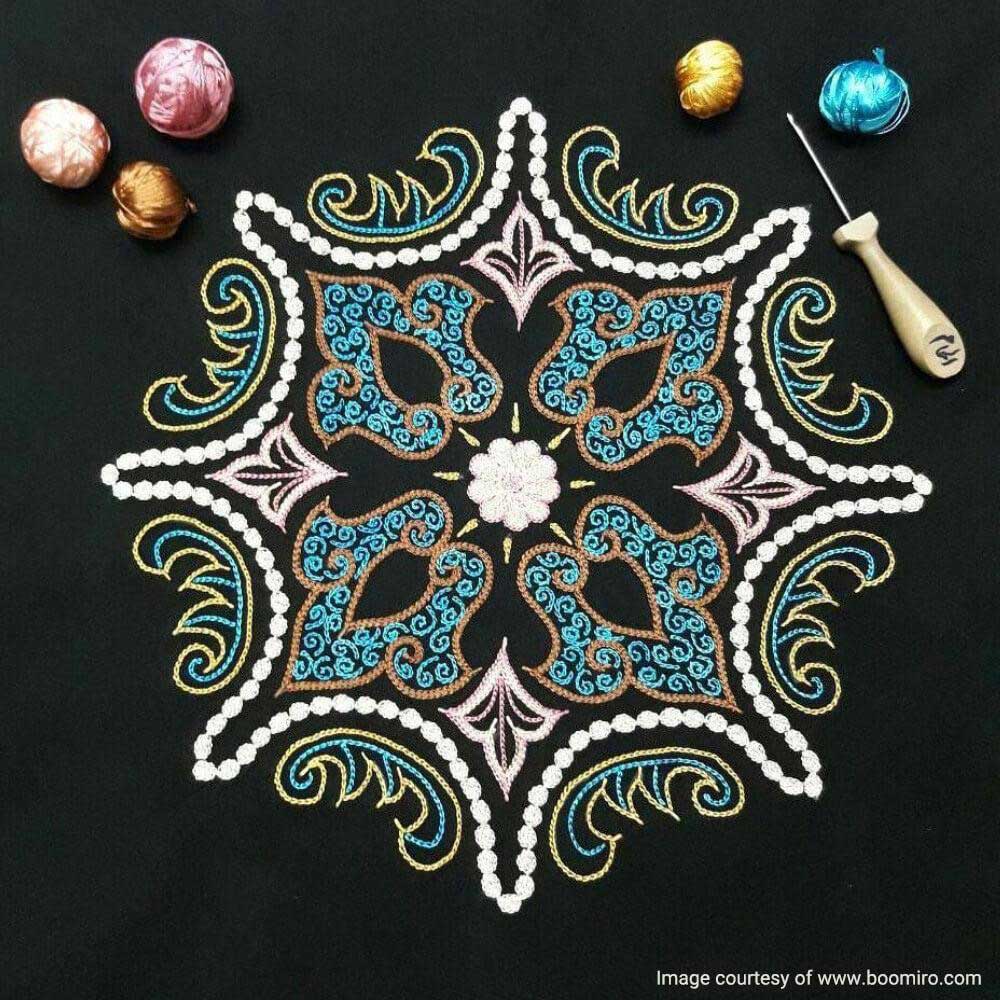
The history of crochet art in Iran, a sub-branch of embroidery handicrafts, goes back to 550 B.C.. Archaeologists have discovered remains of crochet art in the historical mound in the Lulan region of Kermanshah.
Of course, crochet art is different from crocheting in common sense, and the two crafts should not be confused. In this article, we describe traditional crochet art in Iran, which is one of Iran handicrafts.
History of Crochet Art in Iran
Sidonius Apollinaris, Bishop of Kellerman (poet, diplomat and bishop of the 5th century AD) describes Iranian crochet art in one of his books:
“Sassanid textiles were admired throughout the West as far as the Land of Gaul (modern France, parts of Belgium, western Germany, and northern Italy) in the 5th century CE.”
It is said that due to the fame of Iranian textiles, Europeans safeguarded them in temples and churches. These fabrics were sometimes used as coverings for the tombs of European kings and nobles.
Currently, there are 60 pieces of Iranian crochet art textiles in museums around the world. For example, the following museums house Iranian fabrics decorated with crochet art:
State Hermitage Museum
One of the finest examples of fabrics of the Sassanid period can be seen in the State Hermitage Museum in Saint Petersburg, Russia, which is decorated with crochet art. This fabric is decorated with the design of a colorful rooster, which is crocheted inside a circle.
Pergamon Museum in Berlin
There is a piece of fabric from the Sassanid period that was used to cover sacred objects in the Berlin church in the past. Embellished circles and a boar’s head are crocheted on this fabric.
How Old is Crochet Art in Iran?
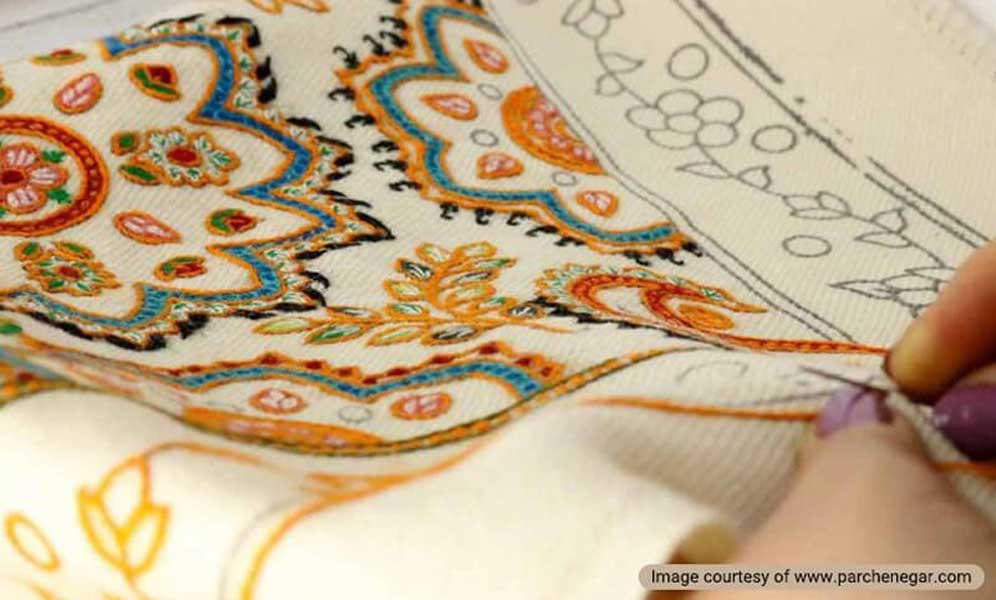
It should be noted that all the surviving crochet artworks do not belong to the Sassanid era. This art was very popular at the time of the arrival of Islam in Iran and during the Seljuk period.
Crochet artists created unique examples in the first years after Islam in Tabarestan (modern-day Mazandaran) and in the Seljuk period in the cities of Isfahan, Rasht and Mashhad.
This art gradually flourished during the Safavid, Afsharid, Zand and Qajar periods. The works created in this period are known as “Porkari” (busy designs) and most of them are focused on subjects of political, social, economic, religious and popular culture issues.
One of the very beautiful works is a pair of curtains belonging to the 18th century AD and the Afsharid period. The crochet art of this exquisite artwork was done by an artist called “Hossein Rashti” by the order of “Mukhber al-Doulah”. The creation of this work took about four years, and art lovers value the valuable works of this artist.
What is Rashti Doozi’s Defining Characteristics?
Rasht was recognized as one of the prestigious centers of crochet art in the past. For this reason, the most beautiful styles of crochet artworks in Iran are attributed to this city, known as “Rashti Doozi”.
Examples of Rashti Doozi crochet art are kept in the Museum of Contemporary Iranian Handicrafts Artists in the Velenjak building of the Ministry of Cultural Heritage, Tourism and Handicrafts. It should be noted that the crochet artwork style in Mahabad city is similar to their Rashti counterparts, but with less variety in colors.
In addition, there are copycat samples of Iranian crochet art in Turkey that can be easily spotted. In these examples, the baize are placed on top of each other instead of being sewn into each other.
What Are the Styles of Crochet Artwork in Iran?
In general, crochet art is practiced in 3 styles, which we describe below:
Plain Crochet Art Style
In this method, artists first sketch the patterns on the background. Then they are crocheted on the sketched pattern with crochet hooks using silk threads. Sometimes the artist crochets the drawn lines in other patterns such as straight lines, curves, twists, and jagged patterns.
Embossed Crochet Art Style
In this method, after sketching the pattern on the fabric, colored baizes are cut and placed on the surface of the fabric creating an embossed surface. These baizes are then stitched to the background fabric and finally crocheted.
Moaragh Crochet Art Style
This style, which is one of the most beautiful and commonly used methods, is woven using “colored baizes”. In this way, the artists first cut the colored baizes in the desired shapes and then place them on the background. Finally, the baizes are attached to the work by crochet hooks.
Tools of Traditional Crochet Art in Iran
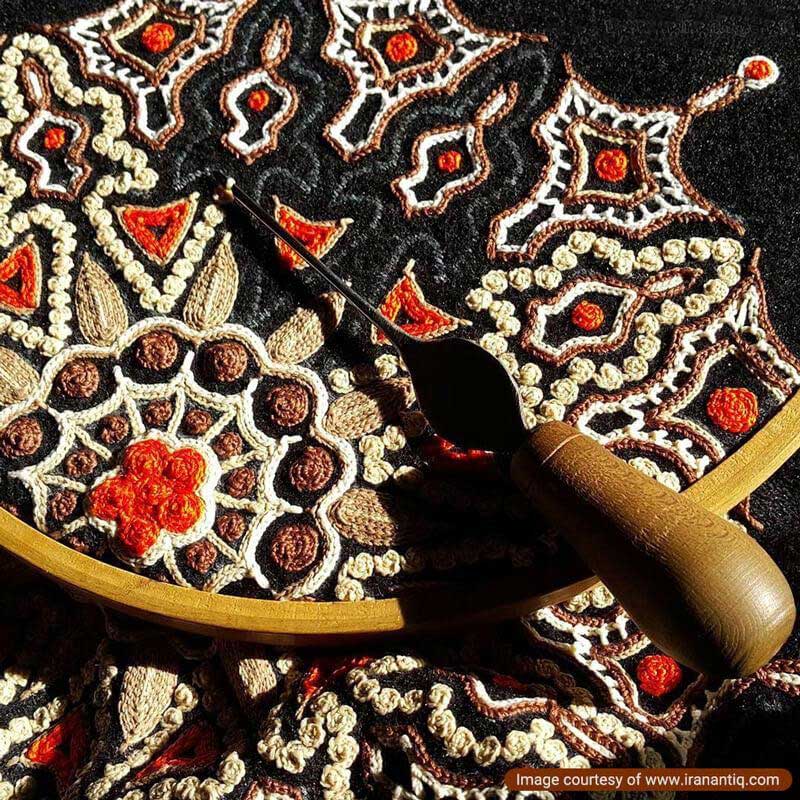
Different tools are used in this art, which are:
Special Crochet Art Hook
The hook used in crochet art is different from the regular crochet hook. This crochet hook is 7 cm long and 5 mm thick at the end. In addition, there is a diagonal cut 5 mm away from the tip of the hook.
Jarideh
Jarideh is a device made up of two pieces of wood 100 cm long, 10 cm wide and 5 mm thick. These boards are connected at one end. The other end of the boards is 40 cm apart, and the instrument acts as a clamp holding the fabrics. This device is somewhat similar to an embroidery station.
Background Fabrics in Crochet Art
These fabrics are often colored baizes that are available in black, dark blue, crimson, red and brown colors in the market.
Colored Threads
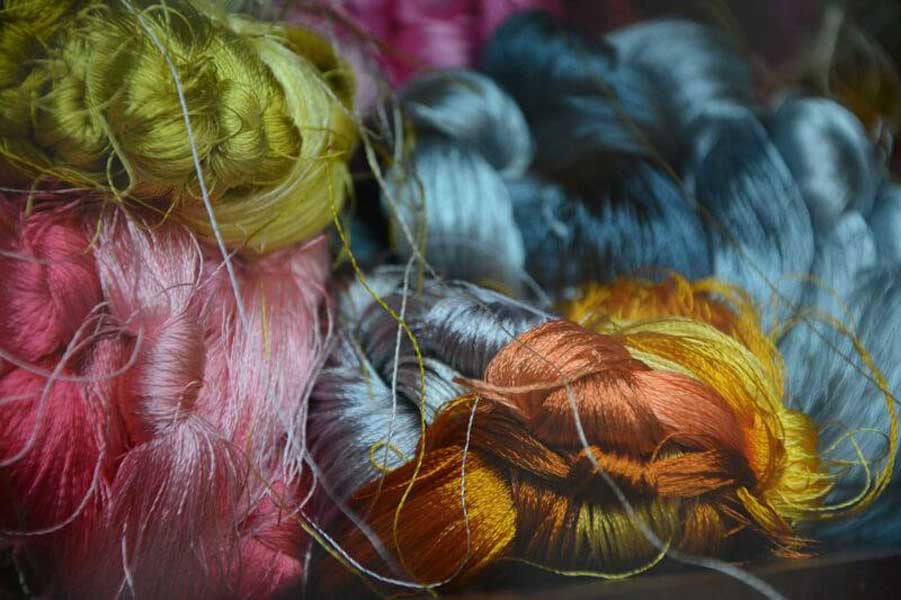
Threads used for crochet artwork are usually different colors and made from spun silk. Usually, this art is used to decorate various items such as tablecloths, Quran covers, chair covers, rugs, hats, clothes, etc.
Learn More About Crochet Art in Iran
Crochet art in Iran is one of the branches of traditional embroidery practiced by Iranian artists throughout history. This art is still popular in most cities of Iran.
Destination Iran invites you to visit Iranian handicraft workshops and adhere to the principles of responsible tourism. Purchasing traditional artworks can play an important role in preserving national arts and heritage and boosting local economies.






